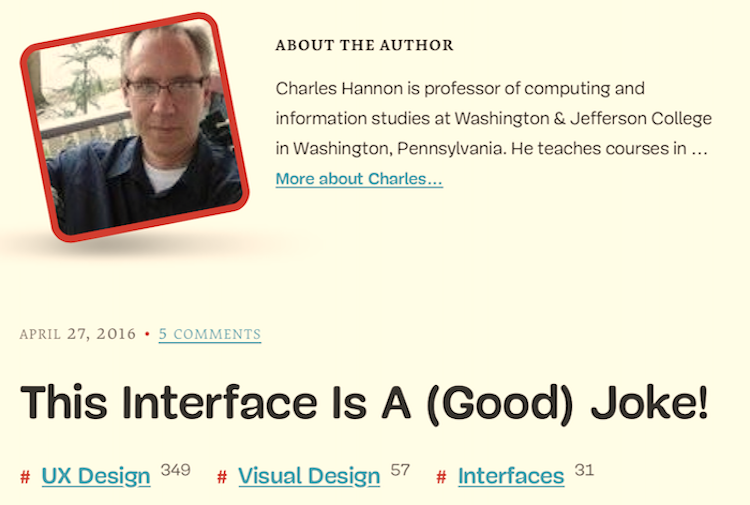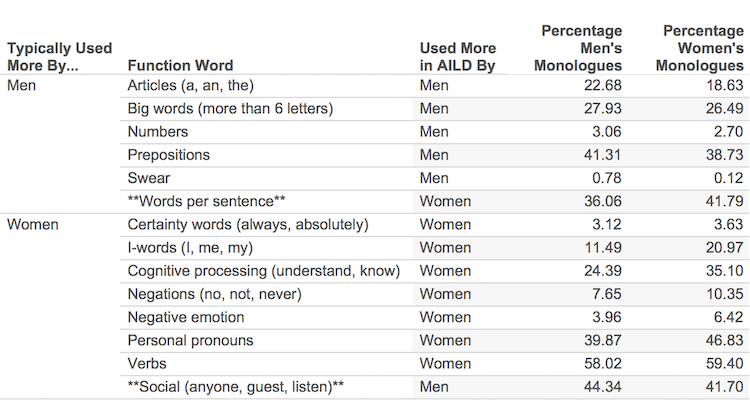If you know an academic, you've probably heard of sabbaticals. They are even known in the business world, as this Fast Company essay notes: "any company that values creativity and innovation has to invest in the people who are critical to their success, and a sabbatical is a wonderful way to do it." I've had two sabbaticals in my career, and each has propelled me into new areas of scholarship, allowed me to learn new skills and technology to bring into the classroom, and refreshed me as a college professor. Still, that sounds great, but what does it mean? Here are three main accomplishments from my last sabbatical, Fall 2015 and January 2016. (And here's my official report to the administration).
One area of research I was able to explore is gender and voice user interfaces like Alexa, Siri, etc. A lot has already been written on this topic, but I am interested in the differences in how men and women speak in real life, and how these differences will (or won't) be replicated in digital assistants. Most important for right now, it seems to me, is the fact that very little thought is given to how digital assistants construct their sentences, on a grammatical level. Grammar, word choice, word order--these aspects of language carry meaning as much as the words themselves, but the technologists giving voice to Alexa and others don't seem to be thinking along these lines.
Here is me giving a ten-minute talk on this topic at the Interaction '16 conference in Helsinki, Finland:
I later wrote this up as a short essay that was published in interactions magazine, which you can access from this link:
A second focus of my sabbatical was writing an essay I'd been meaning to get around to for several years. I was interested in the experience of surprise in using technology. I'd already written about negative surprises--the feeling that you're doing something wrong, the panic over losing work if a computer system is behaving unexpectedly. That made me want to write about positive surprises--unexpected things happening with technology, but with positive results. I knew that in many cases, this is how humor works as well--it's called "incongruity theory"--and I wanted to explore the analogy in some depth. The result is this essay in Smashing Magazine:
 An essay at Smashing Magazine on humor as a metaphor for interaction design.
An essay at Smashing Magazine on humor as a metaphor for interaction design.
The third major project I was able to focus on returned me to my earlier life as a William Faulkner scholar. I've been interested in the work of William Pennebaker, a psychologist who created software to detect psychological traits and attitudes in the way we use language, especially "function words" like articles and prepositions. I had previously done some work on prepositions in Faulkner's novel As I Lay Dying for a conference, and the sabbatical gave me time to further develop some ideas about how function words function in the novel's various monologues. One of the first things I had to explore was whether Faulkner's representation of the language of male and female characters matches Pennebaker's findings about people in the real world. The table below reveals that Faulkner, in this novel at least, has a pretty good ear for how men and women use language (in the aggregate).
 Percentages of all words in male and female characters’ monologues, categorized by LIWC variables. In AILD, with the exception of two of Pennebaker’s measures (“Social” and “Words per sentence”), female characters talk like women, male characters talk like men.
Percentages of all words in male and female characters’ monologues, categorized by LIWC variables. In AILD, with the exception of two of Pennebaker’s measures (“Social” and “Words per sentence”), female characters talk like women, male characters talk like men.
The full essay on this topic is here: “The Function of Function Words in As I Lay Dying.” The Faulkner Journal 29:1, 3-21.
This sabbatical (already two years ago!) allowed me to indulge my curiosity about how language and technology work hand-in-hand. But the things I learned from each of these projects have found their way into my classroom teaching as well. I have used Pennebaker's software in my information visualization class, for instance. And my interest in voice user interfaces led me to include an Alexa programming exercise in my Human Computer Interaction class this fall. And I'll be teaching a three-week course on programming for VUIs in January. A sabbatical is a break from routine, but it is in no way a vacation. In many ways it's the opposite--it's time to explore more avenues for additioanl productive work.
Header image is a screen capture of the Google trends image that accompanies the results when you type "define: sabbatical" into the Google search engine.